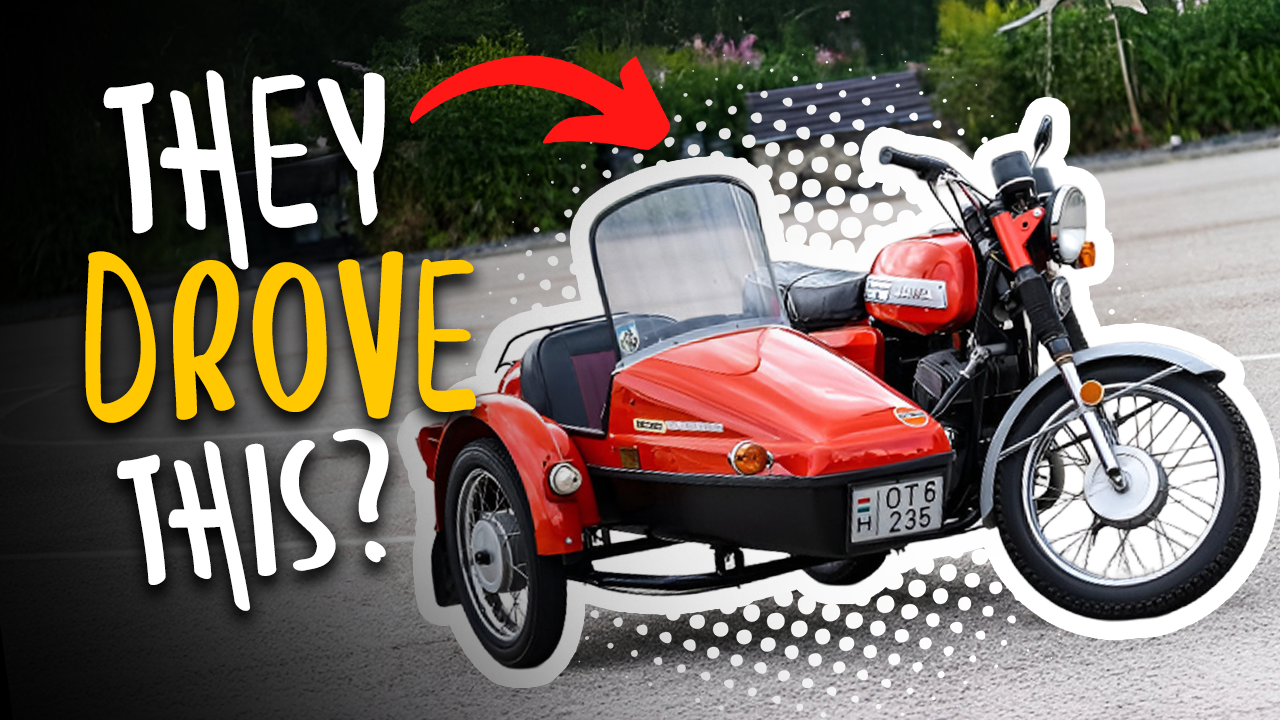Behind the Iron Curtain, automotive design took a fascinating detour from Western norms. State-controlled manufacturers created vehicles that ranged from brilliantly innovative to hilariously dysfunctional. These cars weren’t just transportation—they were rolling statements of political ideology, engineering ambition, and sometimes spectacular miscalculation. From luxury limousines that never saw a dealership to people’s cars that required custom fuel mixing, communist automotive history reads like a fever dream of bureaucratic creativity.
8. GAZ-M20 Pobeda (Victory) – The Reconstruction Champion
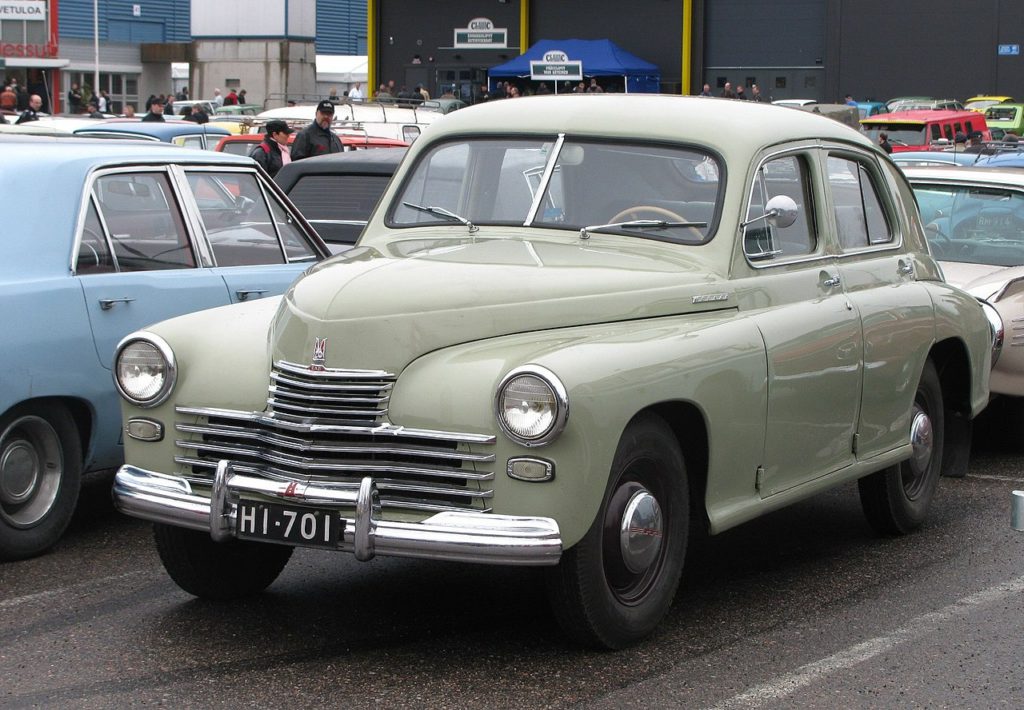
The Soviet Union’s first original postwar design that accidentally predicted the future.
Launched in 1946, the GAZ-M20 Pobeda wasn’t just a car—it was a statement. This was the Soviet Union’s first genuinely original postwar design, overseen by engineers Andrei Lipgart and Alexander Kirillov who deliberately crafted a symbol of national reconstruction. Its unibody construction and “ponton” styling actually preceded many Western trends, making it surprisingly forward-thinking. Despite advanced features like independent front suspension, a heater, and radio, the Pobeda remained financially out of reach for most citizens, typically reserved for those with political connections.
7. ZIL-114 and ZIL-4104 – The Ultimate Party Perks (Exterior)
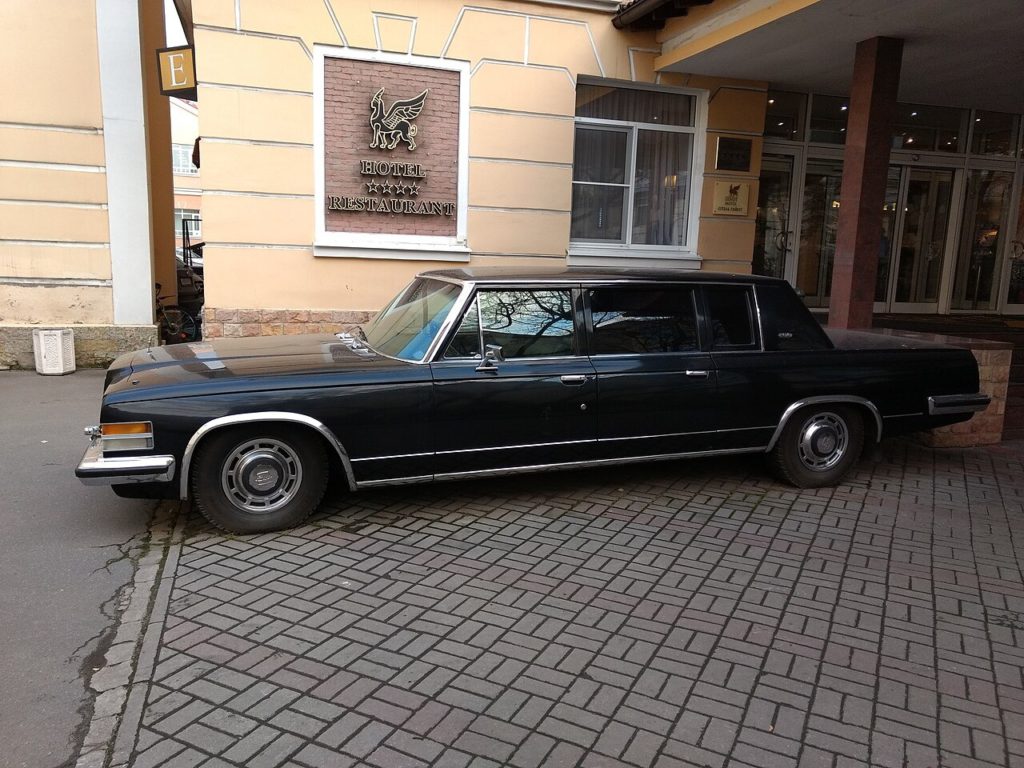
Custom-built luxury that made Western limos look like economy cars.
These weren’t cars you could buy—they were privileges you earned through party rank. The ZIL series, especially the ZIL-114 and ZIL-4104, represented Soviet contradictions at their finest: preaching equality while practicing elite privilege.
ZIL-114 and ZIL-4104 (Interior)
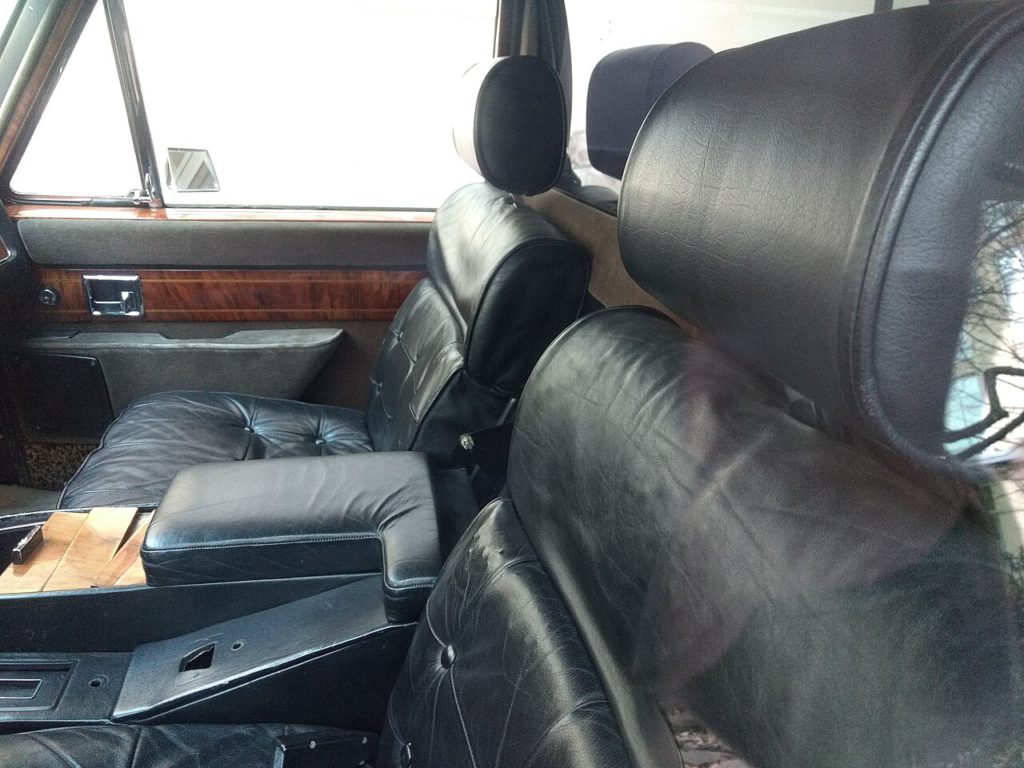
Each vehicle featured handbuilt construction, advanced climate control, armor plating, and bullet-resistant glass. Maintenance requirements were so intricate that only government-approved mechanics could service them. With fewer than a hundred built annually, each ZIL was essentially a custom creation for its designated official.
6. Trabant P601 – The Cotton Composite Wonder
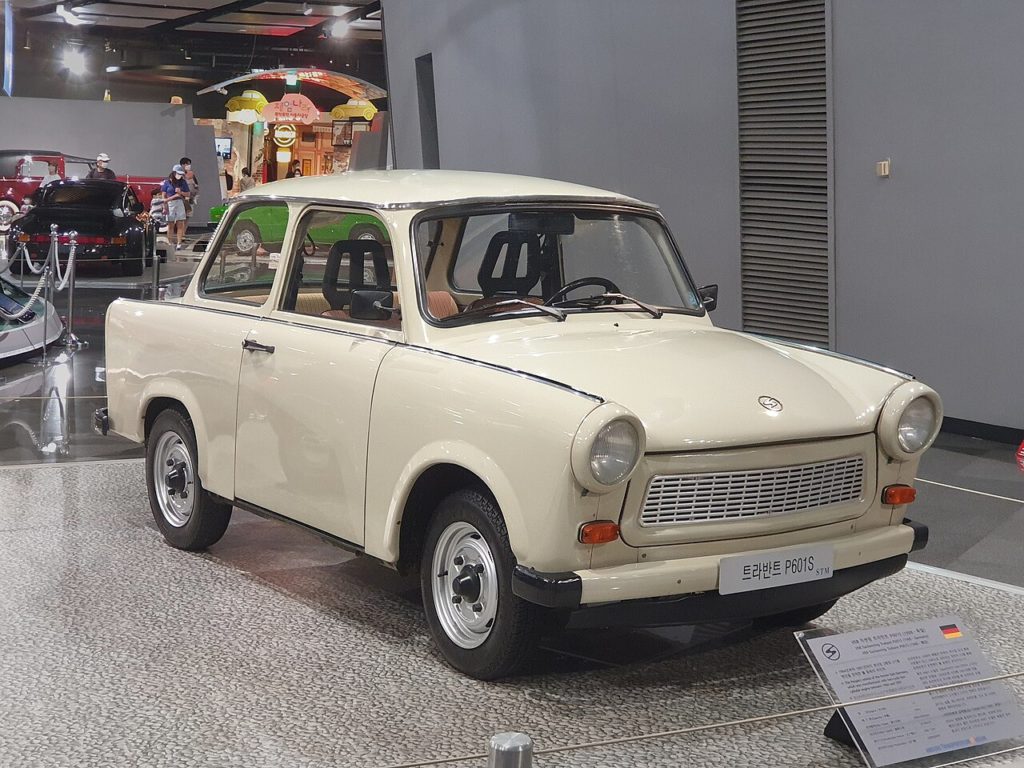
East Germany’s most famous export that nobody actually wanted to export.
The Trabant P601 became East Germany’s automotive ambassador, whether it wanted the job or not. Built with Duroplast—a cotton and resin composite that made the body surprisingly light yet disturbingly fragile—this car challenged every assumption about automotive materials. Its smoky, underpowered two-stroke engine required drivers to mix their own fuel at gas stations, turning every fill-up into a chemistry experiment. The Trabant’s legendary wait times and sudden ubiquity after the Berlin Wall’s fall transformed it into an unintentional symbol of East German resilience and bureaucratic absurdity.
5. Volga GAZ-24 – The Status Symbol Taxi (Exterior)
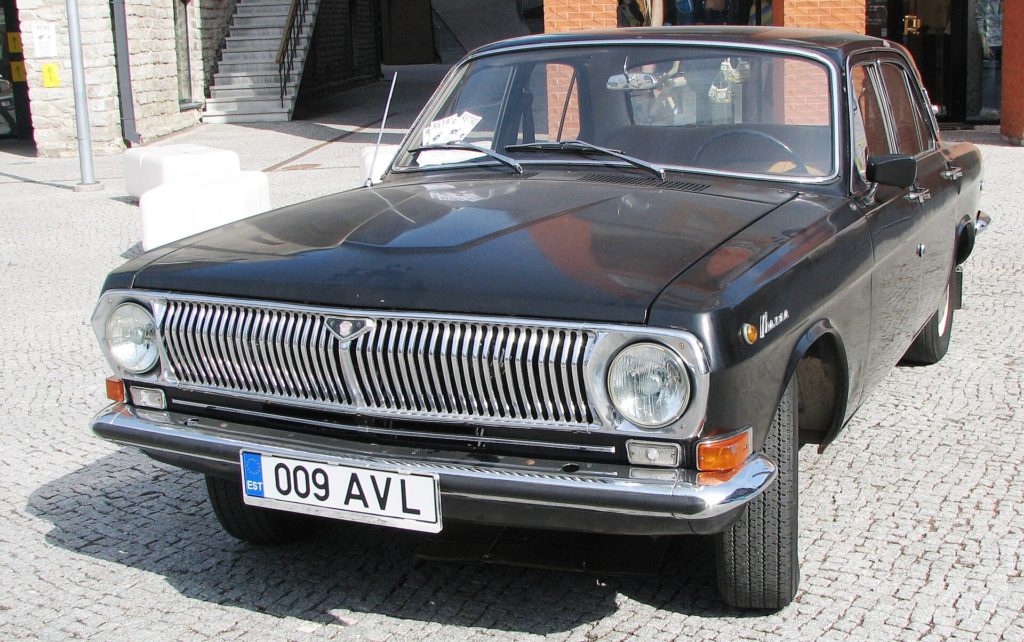
When your police car, taxi, and government vehicle were all the same model.
The Volga GAZ-24 achieved something remarkable: universal recognition through sheer institutional dominance. This heavy-built sedan with its distinctive deer hood ornament served triple duty as official government transport, taxi cab, and police vehicle.
Volga GAZ-24 (Interior)
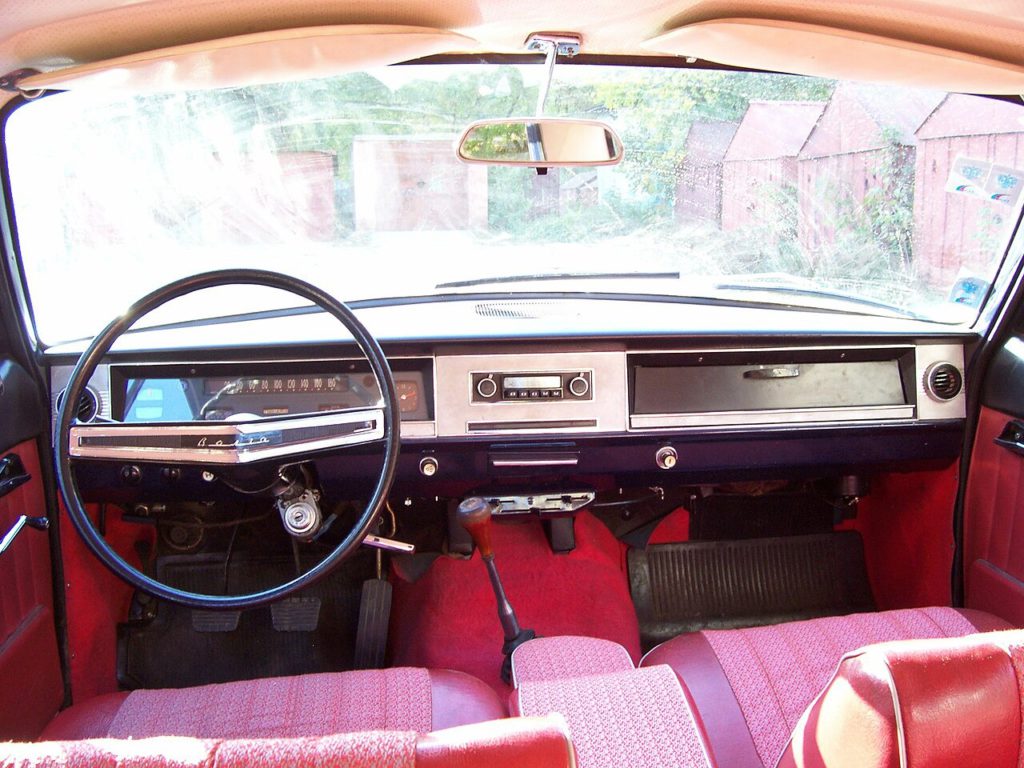
The intertwining of automotive engineering with state machinery was never more obvious than watching a Volga switch from ferrying party officials to chasing down dissidents. Despite its reputation for unyielding controls and mechanical quirks, the Volga represented aspiration for regular citizens—though reality often delivered disappointment along with the keys.
4. ZAZ-965 – The People’s Car Nobody Asked For (Exterior)
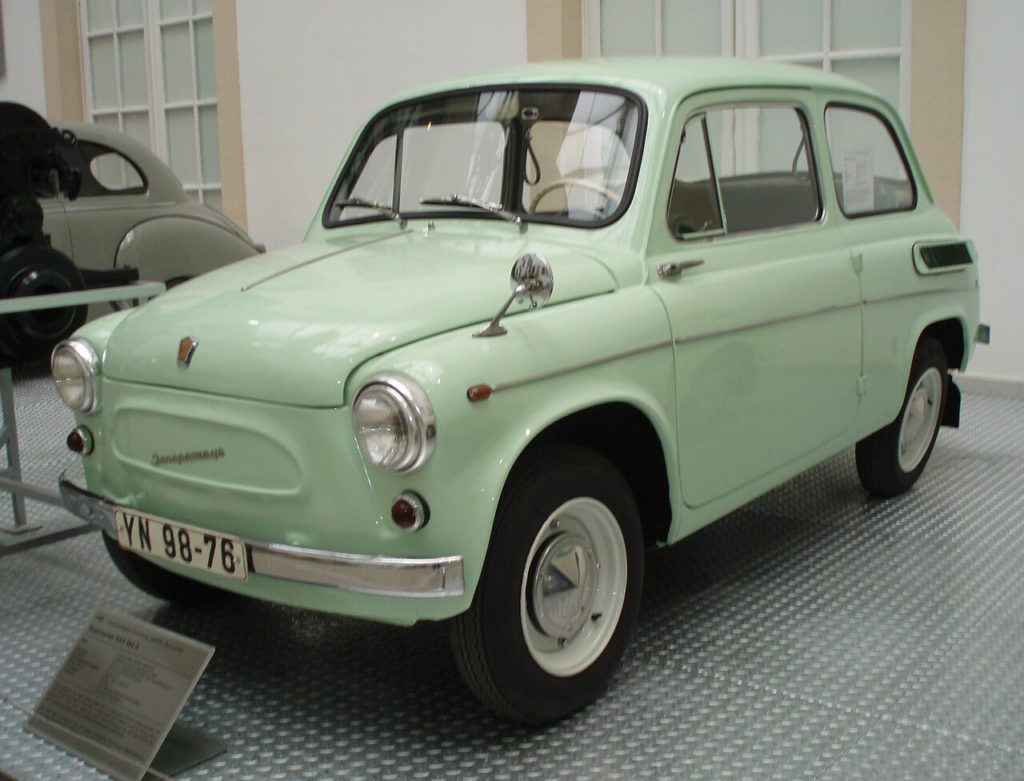
Soviet engineering meets “what could possibly go wrong?”
Marketed as the people’s car, the ZAZ-965 became notorious for all the wrong reasons. Built with basic construction often copied from Western models, it promised affordable mobility but delivered inconsistent quality and maintenance headaches.
ZAZ-965 (Interior)
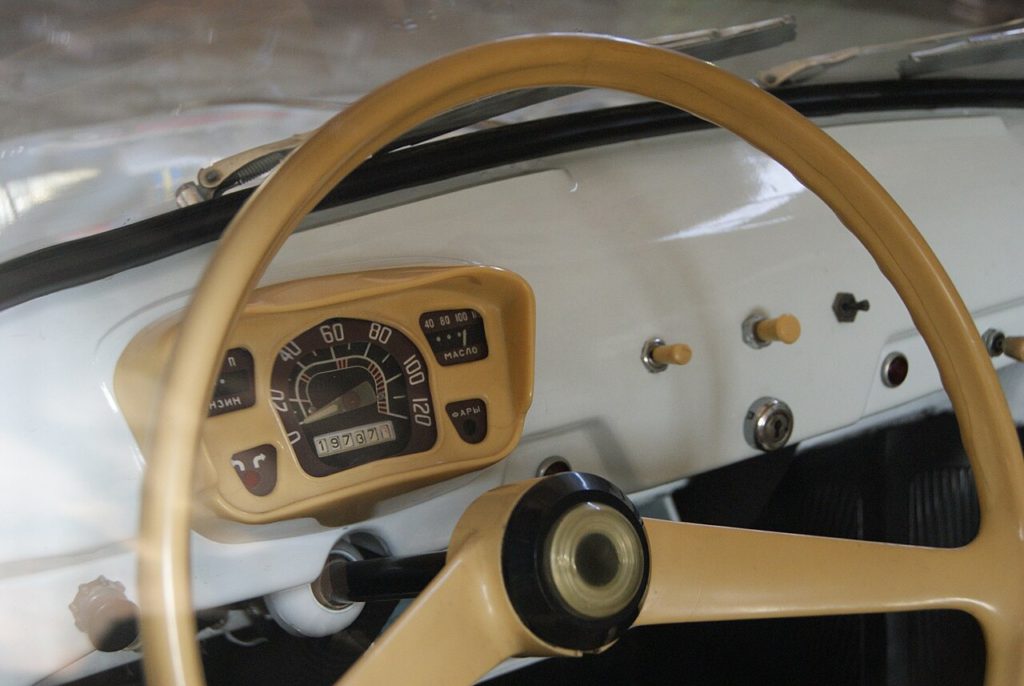
The heating system earned particular infamy for its dysfunctional design, leading owners to install kerosene heaters and other creative modifications just to survive winter commutes. With waiting lists stretching up to a decade, citizens had plenty of time to reconsider their automotive dreams.
3. Moskvich 408/412 – The Western Wannabe
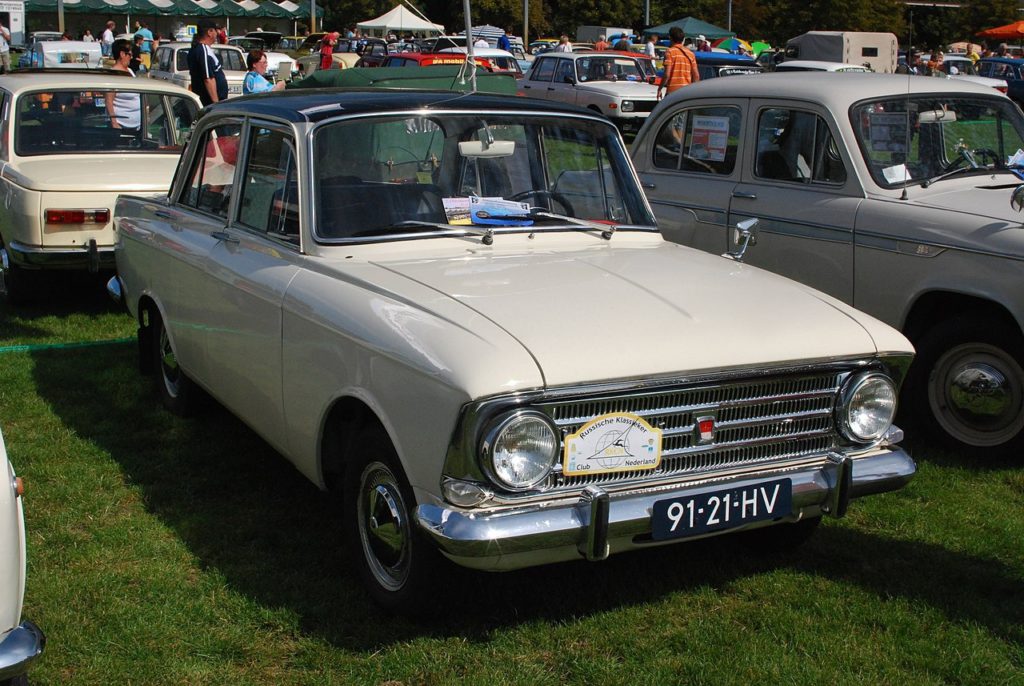
When copying homework goes slightly wrong.
The Moskvich 408 and 412 models represented Soviet attempts to match Western automotive standards while working within planned economy constraints. These cars offered basic construction that borrowed heavily from Western designs, yet somehow lost crucial details in translation. Quality control proved as inconsistent as supply chains, creating vehicles that looked modern but behaved unpredictably. Owners became reluctant mechanics, mastering repairs that shouldn’t have been necessary on cars barely out of the factory.
2. GAZ-A-Aero – The Time-Traveling Prototype
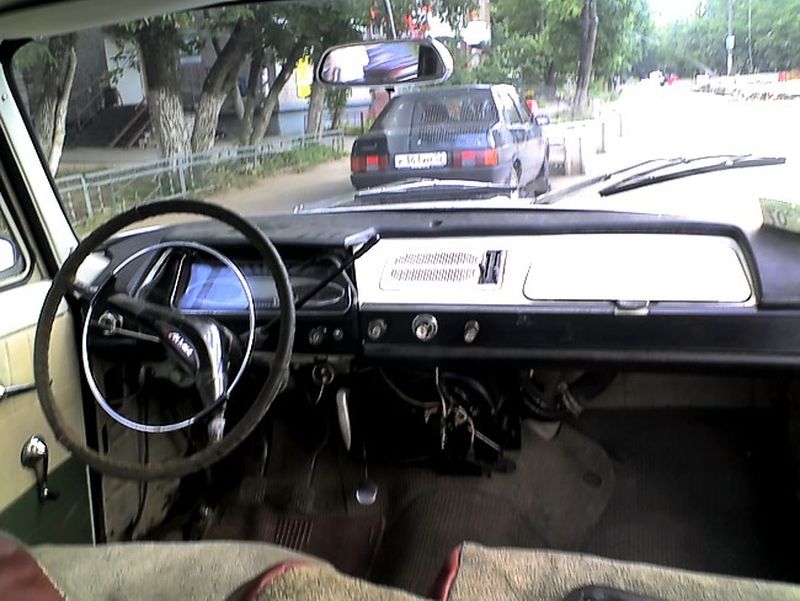
1934 aerodynamics that made the future look backward.
Long before Western manufacturers obsessed over wind tunnels, Soviet engineers created the GAZ-A-Aero, an aerodynamic prototype that seemed pulled from a science fiction novel. This 1934 concept predated many Western aerodynamic efforts and laid groundwork for future Soviet design philosophy. While it never reached production, the GAZ-A-Aero demonstrated that communist car culture embraced experimental thinking—even when practical results remained elusive.
1. Velorex – The Motorcycle That Thought It Was a Car
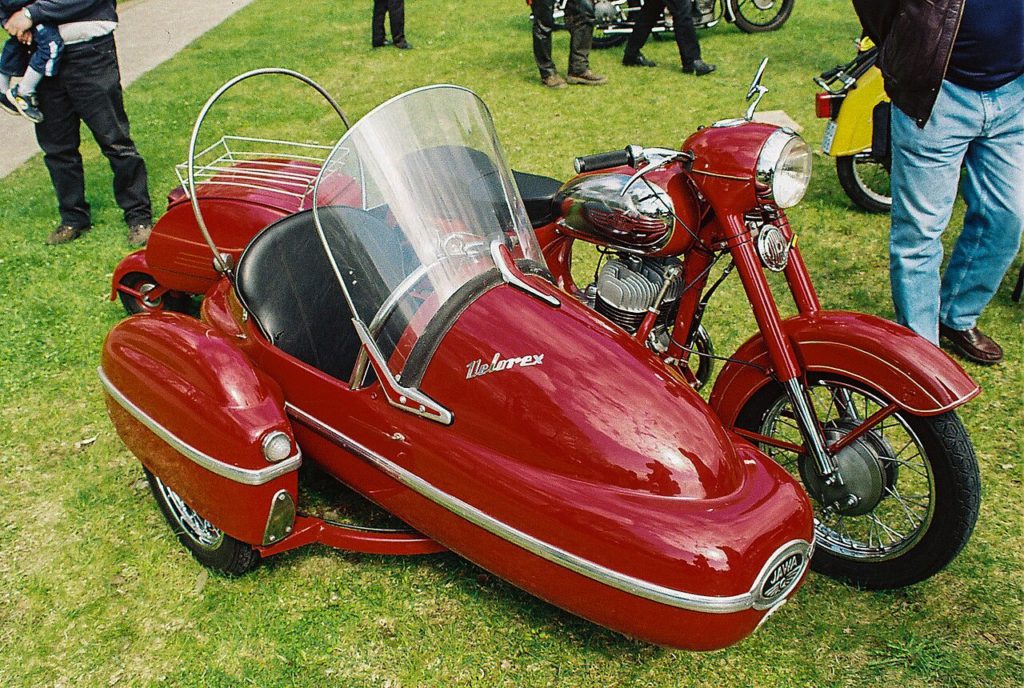
Vinyl stretched over optimism and a prayer.
The Velorex pushed the boundaries of what qualified as an automobile. Built with vinyl stretched over a motorcycle frame, some models lacked basic features like reverse gear, forcing drivers to plan their parking strategies with military precision. This Czech creation embodied communist pragmatism taken to its logical extreme: if people needed cars and resources were scarce, why not reimagine what a car could be?


